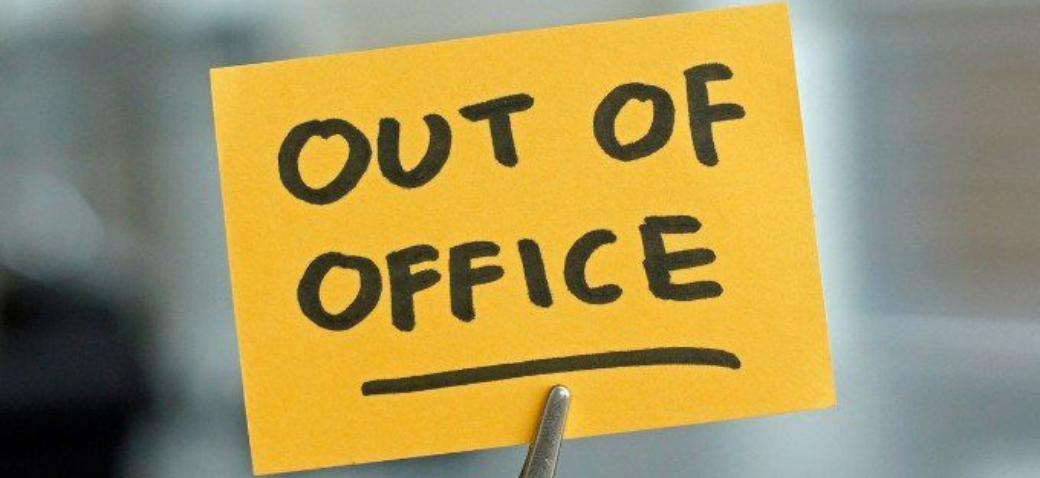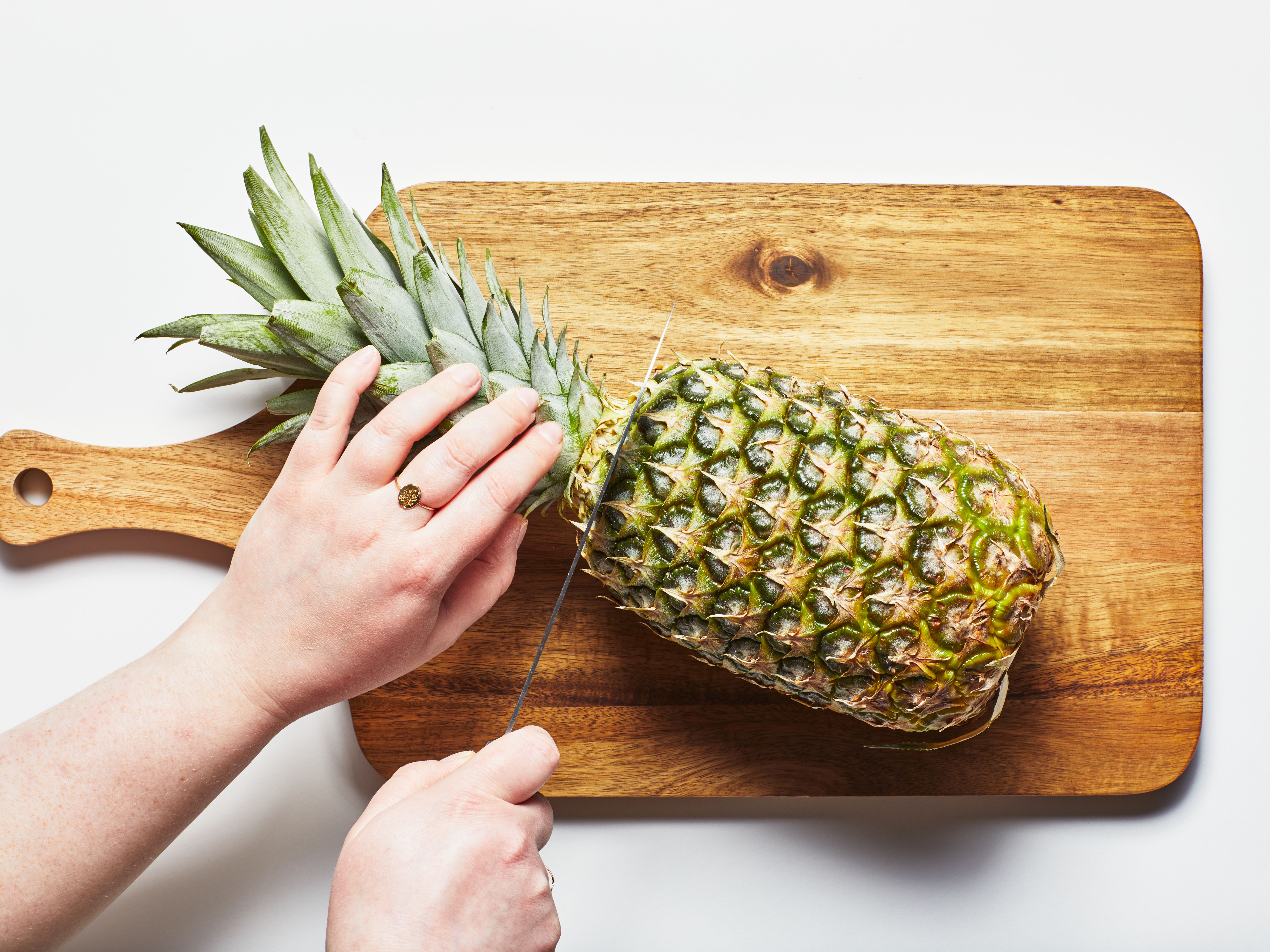Effective Techniques to Clean Your Bathroom Sink Drain
Cleaning your bathroom sink drain is essential for maintaining hygiene and preventing plumbing issues. As a vital component of your bathroom's plumbing, the sink drain can accumulate hair, soap scum, and debris over time. These buildups can lead to unpleasant odors, slow drainage, and even serious clogs that require professional attention. In this article, we'll explore effective ways to clean bathroom sink drains, ensuring they remain functional and sanitary.
Understanding the common types of bathroom sink drains is the first step toward effective cleaning. Familiarizing yourself with the different drain types, such as pop-up, push-and-pull, or flip-top drains, will help you approach the cleaning process more efficiently. Moreover, regular maintenance can prevent significant clogs. We'll also cover DIY solutions using natural ingredients like baking soda and vinegar, as well as some reliable drain cleaning products available on the market.
Whether you're facing a minor blockage or looking to establish a daily maintenance routine, our detailed tips will provide practical insights for sink care in 2025. Let's dive into the foundational practices of maintaining a clean and efficient bathroom sink drain.
Understanding the Basics of Sink Drain Maintenance
Maintaining a clean bathroom sink drain involves understanding its construction and potential clog sources. Common issues begin with hair, soap residue, and toothpaste buildup. Performing regular checks and cleanings can help mitigate these problems before they escalate into major clogs.
To start, inspect the sink drain regularly. Look for visible hair or debris around the drain opening and inside the trap. This proactive measure helps you spot potential blockages early. Investing in a drain hair catcher can significantly reduce hair buildup, making your cleaning routine easier.
Creating a cleaning frequency can be vital for ongoing maintenance. For example, implementing a routine weekly check can help keep the sink drain in good condition. Furthermore, using eco-friendly cleaners or simple DIY methods like a baking soda and vinegar solution can enhance your cleaning effectiveness without harming plumbing systems.
In summary, understanding the basics of drain maintenance is essential for preventing blockages. This naturally leads us to explore the specific tools and tips for unclogging sink drains effectively.
Essential Plumbing Tools for Effective Drain Cleaning
Having the right tools at hand can make cleaning your bathroom sink drain more efficient and less time-consuming. Essential plumbing tools for this task include:
- **Plumber’s Snake**: This handy tool is perfect for reaching deep clogs that are otherwise difficult to remove. Various sizes are available to accommodate different drain types.
- **Drain Scoop**: Useful for removing larger debris that gets trapped near the drain opening. A simple yet effective tool.
- **Pliers**: These can help in unscrewing the drain assembly, allowing for thorough cleaning of the trap.
- **Baking Soda and Vinegar**: A classic DIY solution that can dissolve minor clogs and help eliminate odors without damaging your pipes.
Utilizing these tools can make the process of unclogging sink drains straightforward. Furthermore, understanding how to use them correctly is critical for achieving the desired results without creating further issues.
As we proceed, let's look at natural solutions for clearing sink blockages that are safe for both your plumbing system and the environment.
Natural Drain Cleaning Solutions for Home Use
Many homeowners prefer natural cleaning agents due to their eco-friendliness and safety. One of the most effective methods is using a combination of baking soda and vinegar. This method helps break down grease and eliminate odors in your bathroom sink drain.
To implement this method, follow these steps:
1. **Pour**: Start by pouring about half a cup of baking soda directly into the drain. Follow it with a cup of vinegar. The mixture will fizz, which is a sign that the cleaning process is working.
2. **Wait**: Let the solution sit for about 15-30 minutes. This waiting period allows the mixture to break down debris and clogs effectively.
3. **Flush**: Finally, flush the drain with hot water. This helps wash away the loosened debris, resulting in a cleaner sink drain.
Another natural solution involves using salt and hot water. Pouring a half-cup of salt down the drain followed by boiling water can also help dissolve clogs. Regular use of these natural solutions will assist in maintaining clean drains and promoting a hygienic bathroom environment.
In tackling bathroom plumbing, it's also essential to know about prevention techniques to avoid future clogs.
Preventing Clogs: Best Practices for Sink Drain Care
Preventing sink clogs is key to avoiding costly plumbing repairs. Implementing daily and weekly maintenance strategies can significantly improve the longevity of your bathroom plumbing. Here are some effective tips:
- **Daily Cleaning Routine**: Develop a habit of rinsing the sink and wiping down the area. This simple step helps remove residue and prevents buildup.
- **Hair Guards**: Consider installing hair catchers within the sink drain. Simple mesh screens can catch hair and debris before they enter the plumbing, making your cleaning process much simpler.
- **Avoid Flushing Improper Items**: Educate everyone in the household about what should not be flushed down the sink, like oils, thick soaps, or feminine hygiene products.
Additionally, performing regular drain inspections can help you identify potential problems early. Checking for odors or slow drainage can be critical cues that indicate a beginning clog. The earlier you address these issues, the less likely they will contribute to significant plumbing problems.
Having detailed injury prevention measures leads us to explore the best products available on the market for cleaning bathroom drains effectively.
Top Bathroom Drain Cleaning Products Reviewed
When it comes to cleaning your bathroom sink drain, various products can serve the purpose effectively. Here, we explore a few highly recommended drain cleaning products in 2025:
- **Zep Drain Care**: Known for its strong enzymatic formula, it can break down organic waste, making it ideal for hair and soap buildup. It’s safe for all pipes and requires minimal effort for maximum impact.
- **Drano Max Gel**: A well-known commercial cleaner, this product works to penetrate standing water to break down tough clogs quickly. However, caution is advised, as harsher chemicals can affect older plumbing systems.
- **EcoSMART Organic Drain Cleaner**: Perfect for environmentally conscious users, this product relies on plant-based enzymes to effectively clean drains without harmful chemicals.
Using these products can significantly reduce the time and effort needed for regular maintenance and deep cleaning. However, be sure to read manufacturers' instructions carefully for proper usage.
By incorporating these cleaning products, along with our previous methods, your bathroom sink drains will be easier to maintain and keep hygienic over time. Now let’s answer some commonly asked questions about bathroom drain cleaning.
Frequently Asked Questions on Bathroom Sink Drain Cleaning
How often should I clean my bathroom sink drain?
Cleaning your bathroom sink drain should be part of your regular cleaning routine. A quick clean using a baking soda and vinegar solution once a month can help maintain drainage efficiency and prevent buildup.
What should I do if my sink is still clogged after trying DIY methods?
If DIY methods do not resolve the clog, it may be time to use commercial drain cleaners or contact professionals. Common plumbing issues might be at play that requires a deeper inspection or specialized tools.
Can I use chemical drain cleaners regularly?
While chemical drain cleaners can be effective, using them too frequently can damage your pipes, especially if they are older. It’s best to alternate with natural cleaning methods for regular maintenance.
What are some warning signs of a clogged sink drain?
Indications of a clogged drain include slow drainage, unpleasant odors, gurgling noises, or water pooling around the sink. Addressing these symptoms quickly can prevent more significant plumbing problems.
Are there any plumbing safety tips I should be aware of?
Always wear gloves when handling cleaning chemicals, use adequate ventilation, and never mix different cleaning agents, as this can create harmful fumes. If you're unsure, consult with a professional plumber regarding your specific situation.
Conclusion: Maintaining a Clean and Functional Bathroom Sink Drain
In conclusion, effective bathroom sink drain cleaning requires a combination of regular maintenance, proper tools, and the right cleaning products. Simple DIY solutions such as baking soda and vinegar, along with a commitment to a daily sink cleaning routine, can significantly enhance your bathroom hygiene. By implementing the prevention strategies and tips shared in this article, you can avoid clogs, extend the life of your plumbing system, and ensure a pleasant bathroom experience.
Utilizing these techniques and tools will foster a clean, efficient, and sanitary environment in your bathroom, enhancing both functionality and aesthetics. For persistent issues, consider professional plumbing help to tackle more complicated clogs and ensure the continued health of your bathroom plumbing system.




